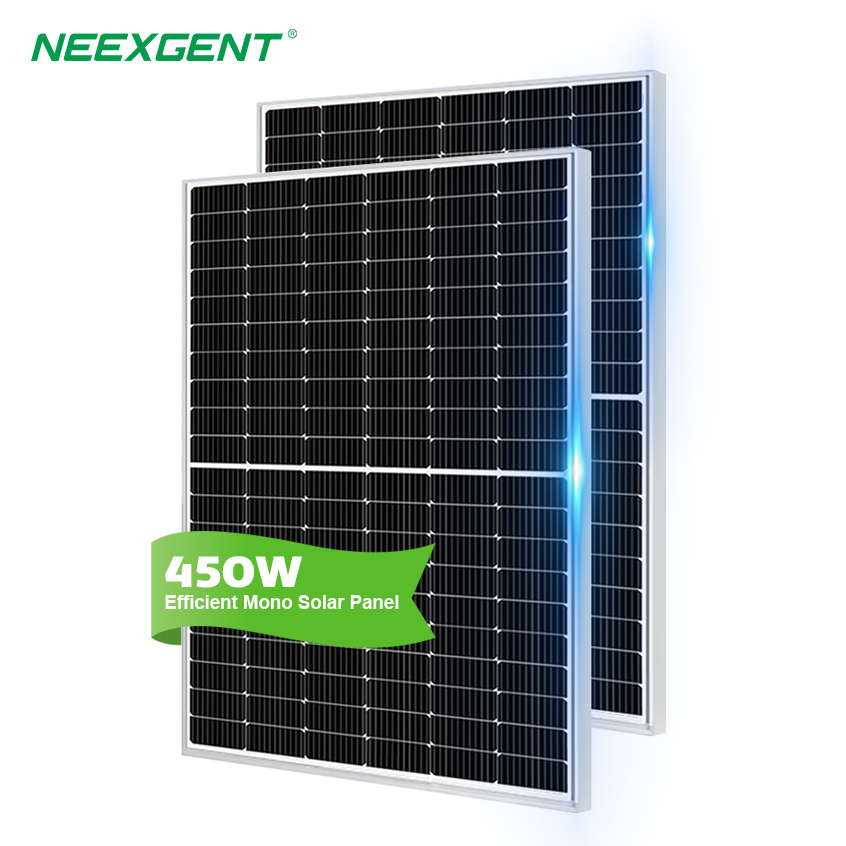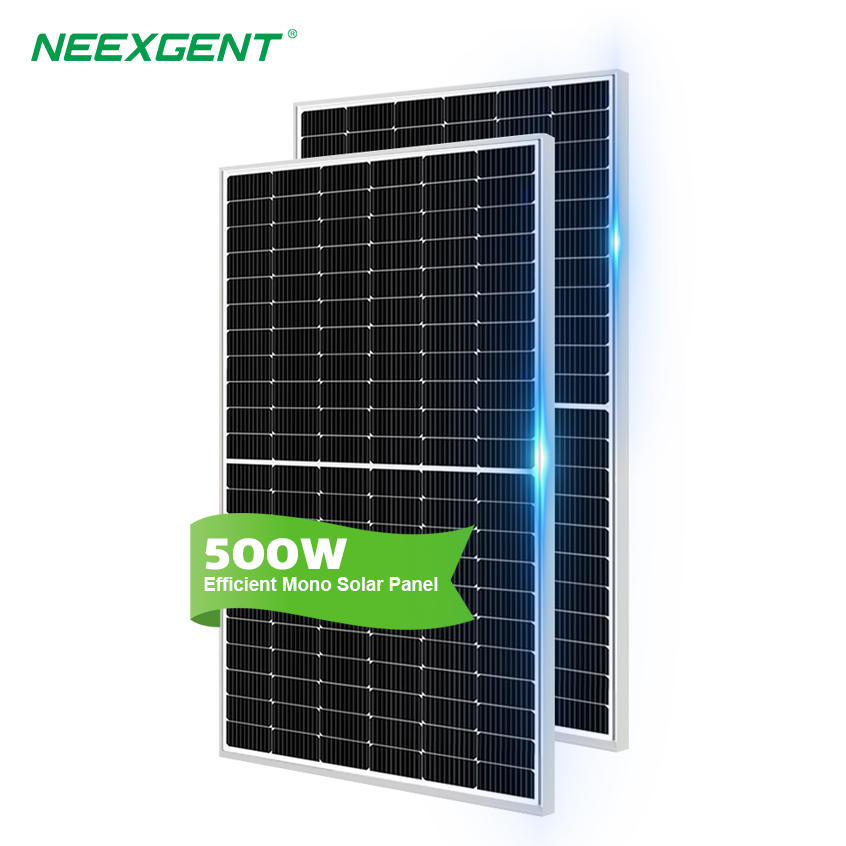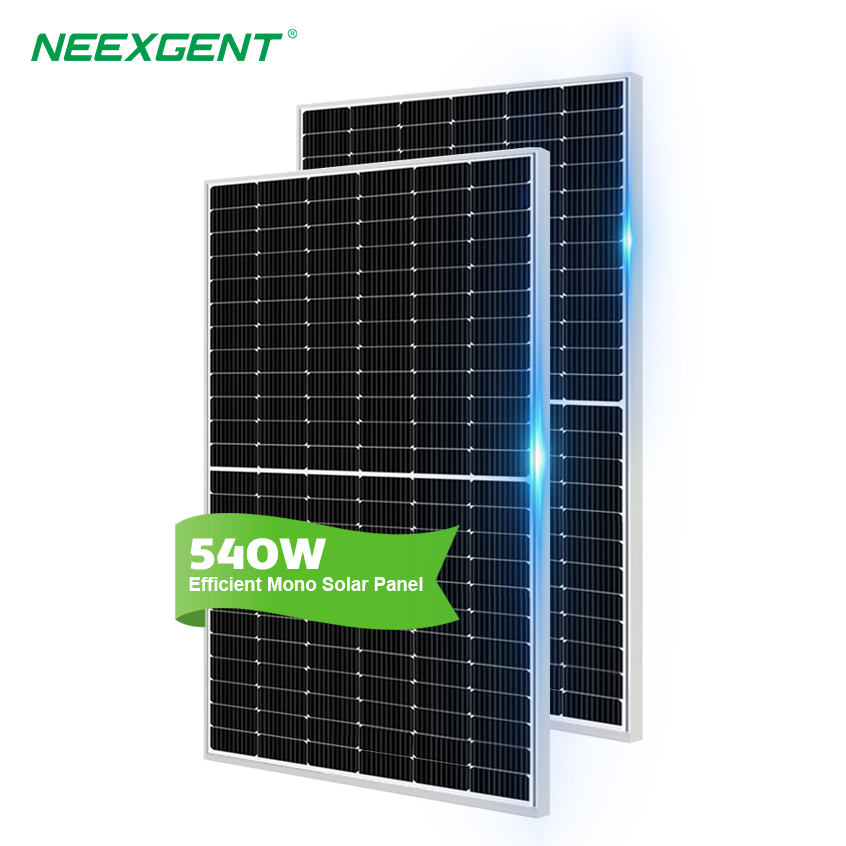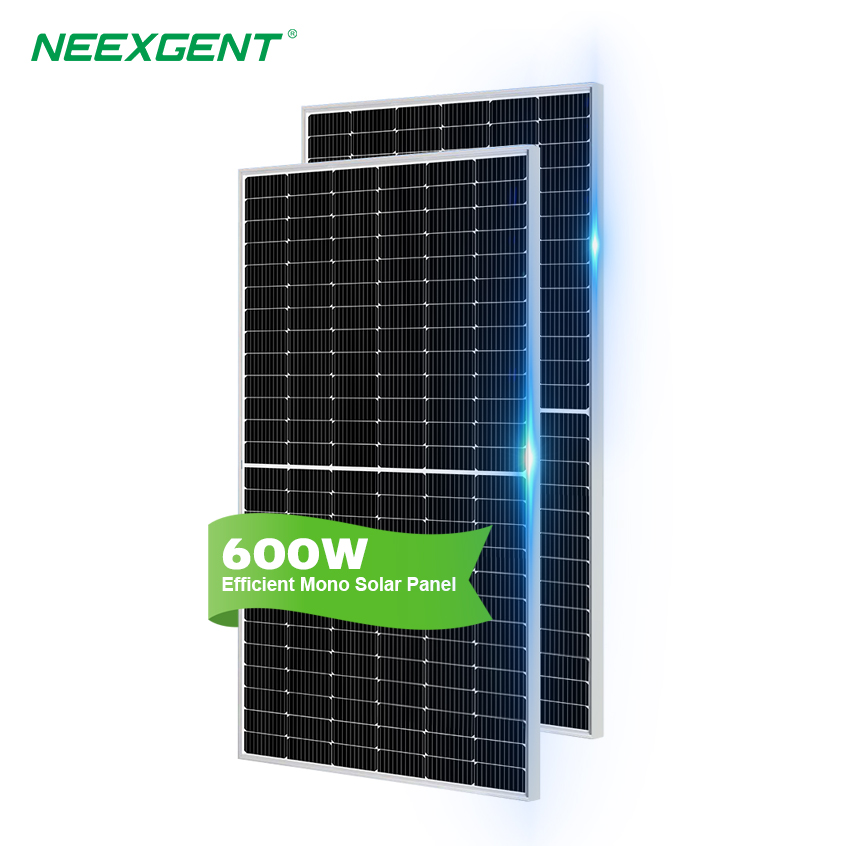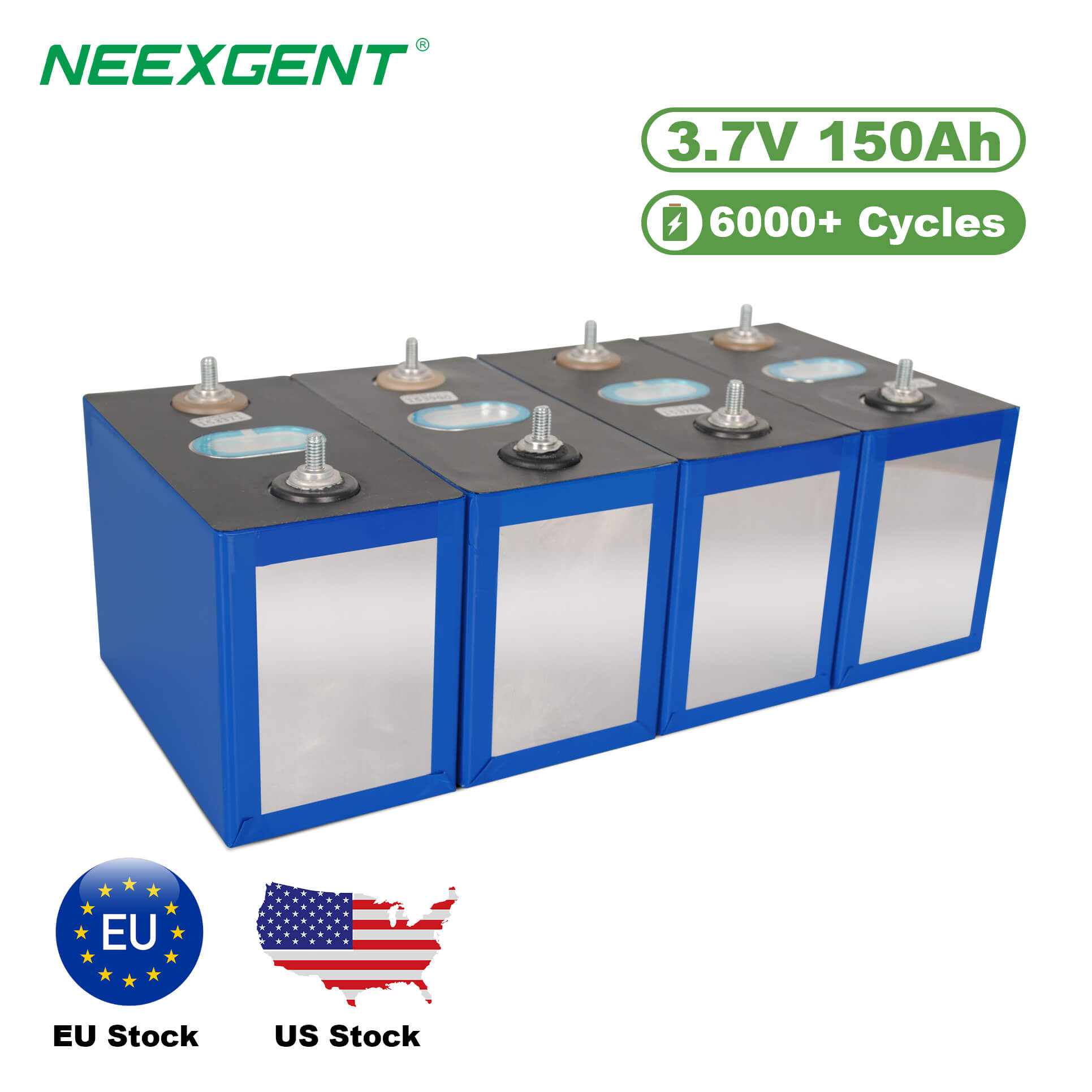Contents:
Detailed Analysis
FAQs
Lithium Iron Phosphate (LiFePO4) batteries have gained widespread adoption in various industries due to their high energy density, long lifespan, and superior safety. Among the many available sizes, the 40135 and 33140 cylindrical LiFePO4 cells are commonly used in energy storage, electric vehicles, and industrial applications. While they share the same chemistry, they have distinct differences in size, capacity, performance, and applications.
Key Differences Between 40135 and 33140 LiFePO4 Batteries
To better understand the differences between these two battery models, let's compare them based on critical parameters:
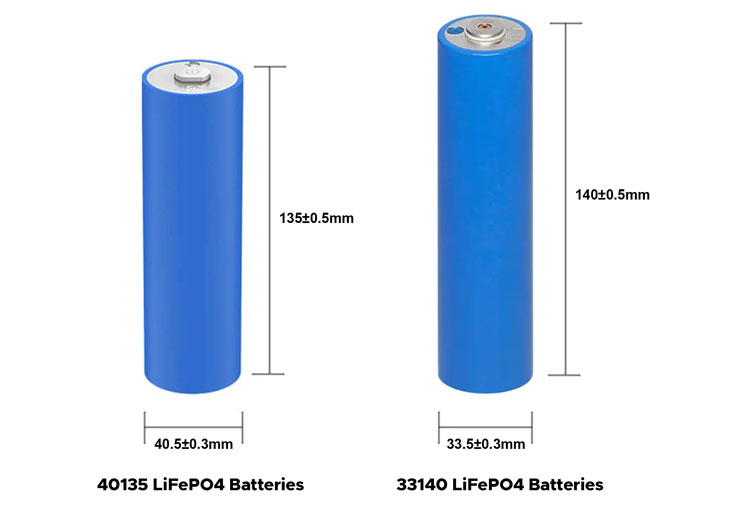
* Data values are based on manufacturer specifications and may vary depending on testing conditions and specific applications.
| Feature |
40135 LiFePO4 |
33140 LiFePO4 |
| Diameter (mm) |
40 mm |
33 mm |
| Length (mm) |
135 mm |
140 mm |
| Nominal Voltage |
3.2V |
3.2V |
| Typical Capacity |
15-20Ah |
10-15Ah |
| Max Continuous Discharge |
30-40A |
20-30A |
| Cycle Life |
> 3000 cycles |
> 3000 cycles |
Detailed Analysis
The most apparent difference is the physical dimensions. The 40135 cell has a larger diameter (40 mm) compared to the 33140 (33 mm), while the 33140 is slightly longer at 140 mm. This affects their energy density and compatibility with battery pack designs.
2. Density
The density of a LiFePO4 battery plays a crucial role in determining its energy storage capacity in relation to its size and weight. Generally, the higher the density, the more energy the battery can store in a given volume or weight.
-
40135 cells have a higher energy density compared to 33140 cells, which means that the 40135 can store more energy in a compact size. This can be an advantage in applications where space and weight are at a premium.
-
33140 cells, while having a lower density, can still offer efficient energy storage for less demanding applications, where size and weight are less critical factors.
3. Capacity and Power Output
40135 batteries generally have a higher capacity (15-20Ah) compared to 33140 batteries (10-15Ah). This makes 40135 cells better suited for applications requiring higher power output and longer runtimes. Additionally, 40135 cells can handle higher continuous discharge currents, making them ideal for power-demanding devices.
4. Cycle Life and Durability
Both battery types have an impressive cycle life exceeding 3000 charge-discharge cycles. However, due to their higher capacity, 40135 cells tend to have a lower depth of discharge (DoD) in typical usage, which may contribute to even longer service life in some applications.
5. Application Differences
-
40135 LiFePO4 cells are preferred for large-scale applications like renewable energy storage, electric vehicles, and industrial machinery due to their higher capacity and discharge rates.
-
33140 LiFePO4 cells are more commonly used in smaller energy storage solutions, backup power systems, and portable electronics where size constraints exist.
Charging and Discharging Characteristics
One of the critical factors in choosing a LiFePO4 battery is its charging and discharging performance, as both 40135 and 33140 cells share a nominal voltage of 3.2V but differ in their charge and discharge curves over time due to variations in capacity and internal resistance:
Charging Curve
Discharging Curve
In summary, both the 40135 and 33140 LiFePO4 batteries offer excellent performance for various applications, but they differ in several key aspects. The 40135 battery has a higher capacity of 280Ah, a slightly lower internal resistance, and a better energy density of 150 Wh/kg compared to the 33140's 130 Wh/kg. Additionally, the 40135 model offers superior volume density and a wider operating temperature range, making it ideal for larger-scale applications where weight and space are critical considerations.
However, the 33140 model, with its slightly lower capacity and internal resistance, may be better suited for smaller or more compact devices where these factors are of less importance.
When choosing between these two batteries, it's important to consider the specific requirements of your application, such as capacity, energy efficiency, and environmental conditions. As always, the actual performance may vary depending on the specific testing conditions and usage scenarios, so it's crucial to base your decision on manufacturer specifications and real-world testing.
FAQs:

